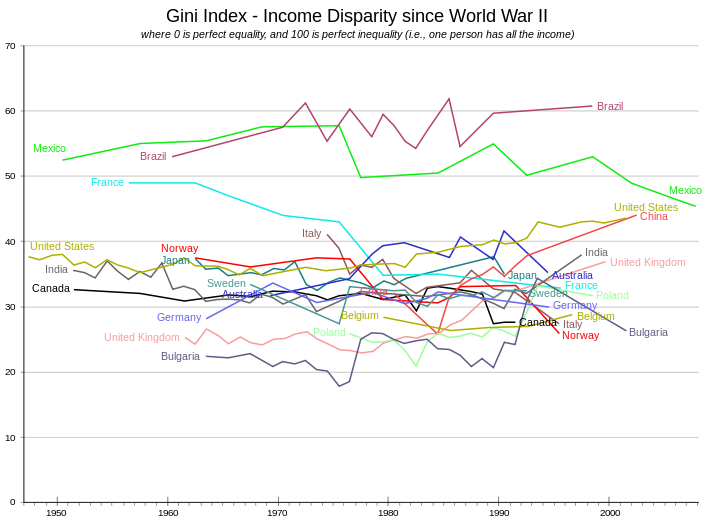Making Steam
Andrei Michal found Sergei's dried up little corpse rolled in blankets, only a little mouse-eaten. He looked satisfied, as though he'd died on a full stomach with all the kids married and next year's barley crop safely in the ground. Andrei hoped it was true, but he doubted it. He couldn't spent too much time worrying about that though, because of the wonderful machine! After running back, shouting to wake everyone up and tell them about the body, and the museum, and the things he'd seen, he had mostly been shushed. They dragged out the old curator ("because nobody wants to sleep with a dead man") and mostly went back to sleep. One of the girls, Anjin, seemed a little bit interested in all the little books and the shiny control panels, and Dmitri was roused enough to at least look around, though he found the aircraft more interesting.
Not Andrei. He knew what he was looking at was just right, just modern enough to be potent, just archaic enough to be operable in the current sorry state of the Union of Soviet Socialist Republics. Those fancy fighter jets would never fly again, never even find the exotic fuel for their finicky bellies, or a pilot with training to know which button to push but this thing, this "Sovietski Kaigun," this was obvious in the same way a blunt instrument advertised it's purpose. A rolling fire-powered monster intended to fight old wars against moldering foes no longer ominous, it could be run by a starving band of villagers, he knew it.
"And this," thought Andrei Michal, patting the 14 foot long steam rifle, "this is obvious too. It is a chicken gun."
Andrei curled up not so far from where he'd found the old curator, and fell asleep alternately wondering how to awaken the somnolent Kaigun, and imagining the stupendous pot of soup he would make afterwards. Where would they get enough onions?
The next day, there was some interest, peaking after Dmitri happened across the wine cache, and tapering rapidly thereafter as people, despite the best intent to ration, drank rather more than they should on empty bellies, and after so many weeks without any liquor to stay in practice. Still, Russian peasants (and they now thought of themselves as that, though only privately) are nothing if not good drinkers, and by late afternoon, an earnest if raucous committee deigned to stand around the Kaigun, poking at levers, smearing the protective red grease, and thumbing the manuals. Everyone considered the monster, a museum piece after all, to be surely disabled, and if by imperceptible means, well, it was plainly complicated enough to have had a key valve removed, concrete poured in some essential plumbing, or a critical cotter pin pulled, even if nonesuch could be found by a band of mere vagabonds.
Then Anjin found the precise accountant's inventory of projectiles, and it's obvious discrepancy, and then tiny scratches around the otherwise factory-perfect muzzle of the starboard rifle, itself elevated a couple of degrees out of it's caging mechanism, and someone noticed the Kaigun was aimed bodily at two wide rolling hangar doors, padlocked and rusting now. Every attitude changed.
Outside, beyond the doors, across a road and a dilapidated park was an ancient sculpture, Soviet in style, abstract and curved, welded steel evoking the flag's hammer and sickle. ...with a two foot hole blown through the sickle's decimeter blade as though by some monstrous torch. Nothing much could be found of the supposed "bolt" but standing in the notch of a collapsed cinderblock wall another 20 meters beyond the sculpture, one could look back, through the melted hole and watch the hangar door rolling slowly open (the locks having been opened with keys from the curator's breast pocket) and unveiling the rifle's maw as it did.
Now, people were interested, galvanized. Plans were laid, Andrei congratulated, more wine drunk, vengeance plotted, threats trumpeted into the sunset, Andrei carried around the museum in triumph, dancing, even and yet more drinking and then sleep with headaches sure to follow.













